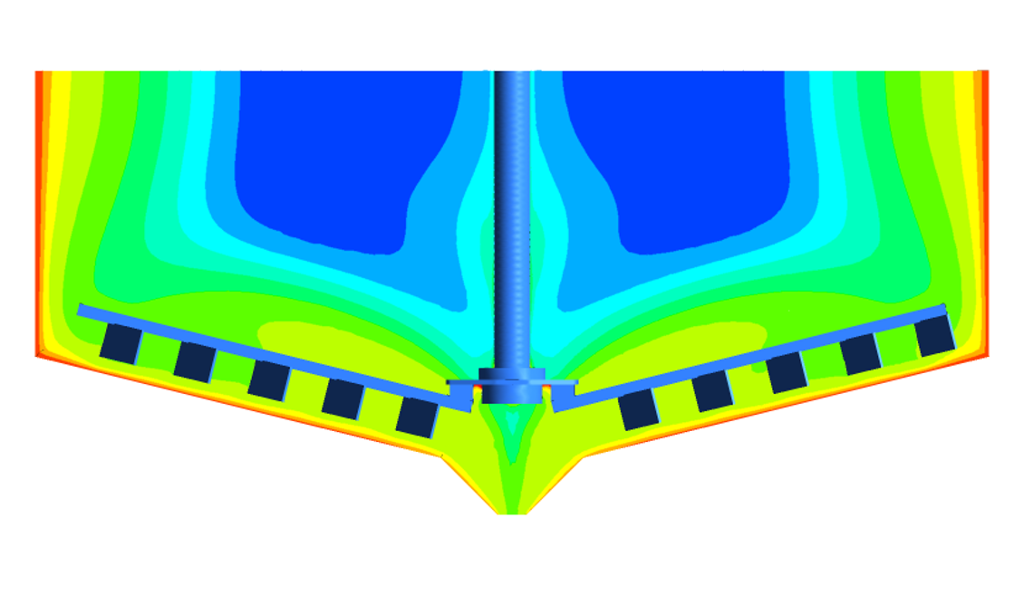Abstract
Computational Fluid Dynamics (CFD) modelling offers powerful simulation capability, but only provides information for a given design and set of process conditions. While it allows comparison between different outcomes, CFD results alone do not provide an optimised outcome. The computational cost associated with the use of high-fidelity CFD models poses a serious impediment to the successful application of optimisation algorithms in engineering design. Advances in hardware and parallel processing have reduced costs by orders of magnitude over the last few decades, but the fidelity with which engineers desire to model systems has also increased considerably. Evaluation of such models may take significant computational time for complex geometries. In many design problems, thousands of function evaluation may be required to undertake an optimisation study. As a result, CFD models are often impractical for design optimisation. In contrast, surrogate models are compact and cheap to evaluate (order of seconds or less) and can, therefore, be easily used for such tasks. This paper applies surrogate modelling techniques to a CFD model of sediment transport in a raked industrial thickener. The global surrogate produced using radial basis functions is used to demonstrate single and multi-objective optimisation for the case study. For multi-objective problem, use from a practical design perspective of the information contained in the set of optimal solutions is illustrated through four examples.

